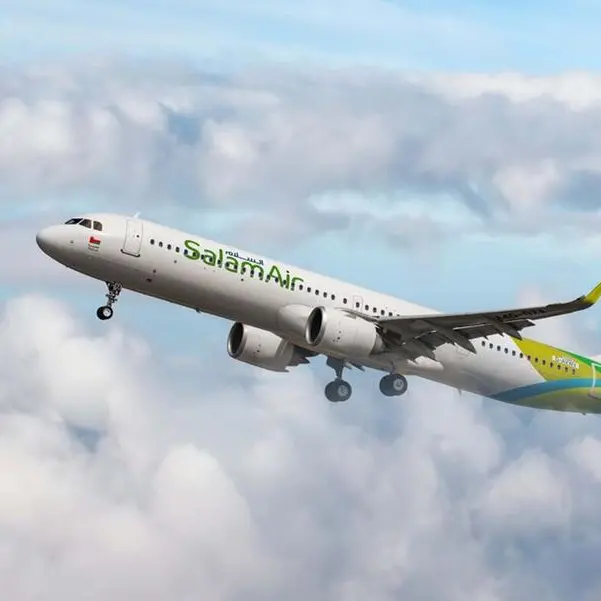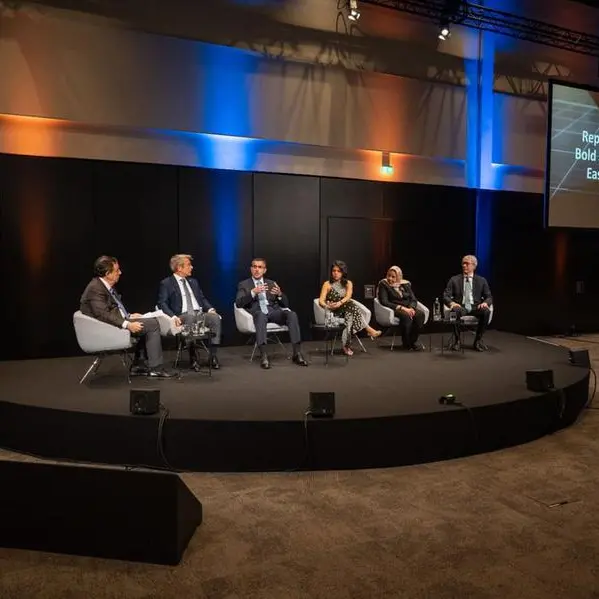When we first heard about the emergency vehicles in Doha being fitted with the Emergency Vehicle Preemption System (EVPS), our thoughts turned to the Qatar Mobility Innovations Center (QMIC) which we know has been working for over four years in the connected vehicles space. This project is not one of QMIC's but only in April, the company demonstrated its progress in developing connected vehicles platforms and applications at the first field demo of its kind in the region. This monumental event held at the campus of the Qatar Science and Technology Park was attended by VIPs from government, industry, research and academic sectors in Qatar, according to a recent statement issued by the company. These developments demanded that we visit QMIC to learn more about its progress and Dr Hamid Menouar kindly filled us in. QMIC hosted a demo of its connected vehicles technology at the QSTP in April which was attended by several high-profile leaders including the Minister of Information and Communications Technology, HE Dr Hessa Al Jaber.
Intelligent Transport System
Dr Manouar, Connected Cars Product Manager and R&D Expert, is an old hand at this technology with related work experience that spans over a decade and holds a doctorate for his research in short-range wireless communication. He has been involved, from the very beginning, in the standardisation activities of Intelligent Transport Systems (ITS) communication in Europe. "Before I joined QMIC, I was part of the R&D team that carried out the first connected car demonstration in Europe back in 2008," he says. He continues to take the technology forward with his team in Doha, who contribute to the standards being developed by the European Telecommunications Standards Institute (ETSI).
Dr Manouar is of course watching the developments inside Qatar and the region with keen interest. The upgrade that Doha's emergency vehicles received recently is something that gives him assurance that the government is thinking along the right lines. "We have seen this technology being implemented elsewhere of course and it has a direct link with saving lives," he says. But what QMIC is working on is the next generation of this technology that has only been seen inside laboratories so far.
Dr Manouar believes that, with focus, speed and proper engagement, Doha can be first in the world to showcase a city-wide implementation of this technology before 2022. He and his team are single-mindedly working towards that goal. Why this is so surprising is clear when we begin to perceive just how big the technological leap is between what is currently in the market and what QMIC hopes to see realised within the next four to five years.
The EVPS that is now being used on Doha's ambulances and fire trucks are radio controlled; they require the driver to remotely activate the sensors placed above the traffic lights, clearing the way for the flow of traffic in the direction the ambulance is going. But this can and is being improved. With connected vehicles technology, not only can you communicate with the lights (vehicle to infrastructure) but also with the cars around you (vehicle to vehicle), with increased speed and across greater distances.
"People tend to think that connected vehicles is just about building a SIM card slot into the car and connecting it to the Internet. That's just part of it. Our technology is a bit more futuristic than that," he explains. This new communication system is an adaptation of the traditional Wi-Fi. Alternatively called ITS G5, DSRC (Dedicated Short-Range Communications) or WAVE (Wireless Access in Vehicular Environments), it functions over a dedicated 5.9 GHz channel without using the Internet. "We had to bypass the Internet because fast reaction times were needed to ensure accident prevention, which is the driving force behind this technology."
With human error responsible for an overwhelming chunk of all vehicular accidents, the impact of connected cars on our lives, the way we drive and how governments and businesses look at road transport is going to be enormous. "When you are driving and another car cuts into your lane, your car will sense it even before you see it because the two vehicles would have already established a communication and exchanged information about the new move," Dr Menouar says. The technology will find further use in traffic management with vehicle-to-infrastructure communications; like Roadside Units (RSUs) alerting drivers about road work, accidents, congestion, change in speed limits, etc.
"Connected vehicles is the key element of autonomous driving," he adds. "Along with replacing the human driver, we also have to replace the communication that happens between drivers while they are on the road." Other features can then be built on top of this - infotainment, creating a private network within a convoy,
connecting to the Internet through a complementary device. Much like before the advent of the smartphone, Dr Menouar says, many of the potential applications haven't even been imagined yet.
Standards, of course, are important to ensure compliance. It's to make sure that a Toyota will be able to connect with a Volkswagen. And it takes time for these standards to be developed, improved and validated, Dr Menouar says.
"But ITS doesn't just rely on manufacturers and their internal decisions. It needs involvement from public authorities who have to put in regulations governing spectrum allocation, privacy issues, etc."
Dr Hamid Menouar
Connected Cars Product Manager and R&D Expert, QMIC
First in the region
QMIC is one of the few companies in the world, and the only one from the region, that has been continuously involved in all of the ETSI-led Plugtests so far, the fourth edition of which took place last March in the Netherlands. "Though the standards aren't complete yet, parts of it have been released and have been found to be stable enough for deployment. We have seen announcements from Volkswagen, Toyota and General Motors about bringing this technology to the market starting 2016-17," he says.
"People like us, who have been part of the process, can get the advantage of early implementation."
The ITS Plugtest this year attracted over 20 different entities including competing car makers and technology suppliers who, Dr Menouar says with a hint of pride, are obliged to work together to make bring this technology out of the labs and into the streets. "This is not something that you can work on in your private lab and try to release before your rivals.
The progress has also been slow because this hasn't been of the highest priority till recently. Within the industry now there is a sense of urgency because the technology is so close to going to market. There is better motivation because safety systems in cars have reached a plateau after steadily improving over the years. So the cars of today are no different from the cars of last year," he points out.
Additionally, until now governments hadn't shown signs of wanting to develop the relevant infrastructure to support ITS. And while there are potentially huge returns both in terms of economics and saving lives, there isn't a clear direct benefit for car makers. Because unlike the airbag, for example, this hasn't been mandated. While the automobile industry has been working together for over a decade on this technology, many of the other factors, Dr Menouar says, are changing. It has taken time but not too much when you consider how many different stakeholders would have to work together to implement it.
"Even an independently developed technology takes at least three years to go from proof of concept to deployment," he points out. "But ITS doesn't just rely on manufacturers and their internal decisions. It needs involvement from public authorities who have to put in regulations governing spectrum allocation, privacy issues, etc."
EC Mandate
Now the European Commission has issued a mandate that obliges all countries there to implement ITS.
They will start preparing the infrastructure and the manufacturers will follow. "This is about to happen in the US as well," Dr Menouar says, and mentions how the spectrums have already been allocated on both the continents. In the Middle East, meanwhile, no such allocation is being talked about. Things are slow but there is still time to get ahead of this, he says. QMIC is in talks with ICTQatar but regulators from other GCC countries also need to get in on the conversation as soon as possible.
"Quick actions are needed because right now there are already differing standards in Europe, America and Japan. The European and American standards are very similar but the small differences they do have mean that communication between them isn't possible. Worse still, they create interference for each other." It's obvious now why we can't delay for long.
Unless we decide now what standards we'd like to follow (and impose these on all imported vehicles) it'll be too late to deploy. "We have to be ready before the technology reaches the markets - which will be in another two to three years." With this timetable in mind, QMIC is launching a pilot project with Qatar National Research Foundation, during which over one hundred RSUs and onboard units will be deployed and extensively tested in Doha. The fact that Qatar is compact and "under construction" is of great advantage in this scenario. "We can have quick implementation.
And also we don't have to deal with legacy systems like in Europe where 5.8 Ghz is used for automated tolling systems and creates a small interference. Since we are starting from scratch, we can plan and execute this quickly and efficiently," Dr Menouar says. As with many forward-thinking projects we have been privileged to report on over the past few years, there is an optimism here inspired and driven by Qatar's blitzkrieg of a transformation. QMIC seems poised and ready to launch Qatar into the future.
© Qatar Today 2015











